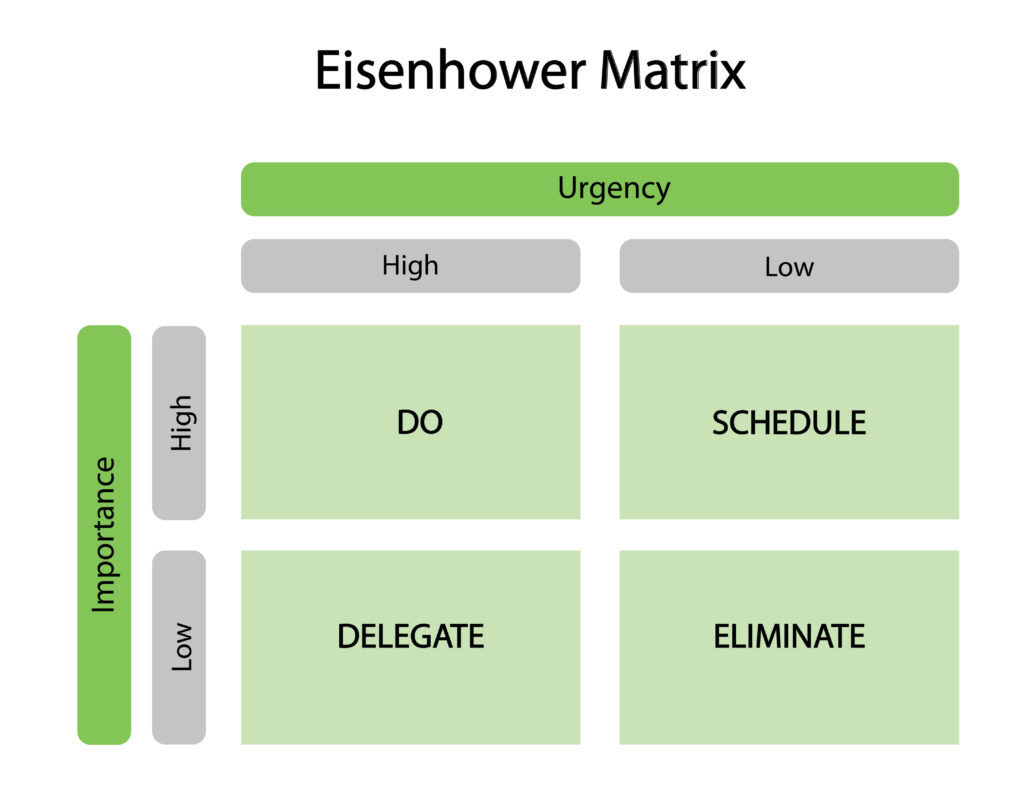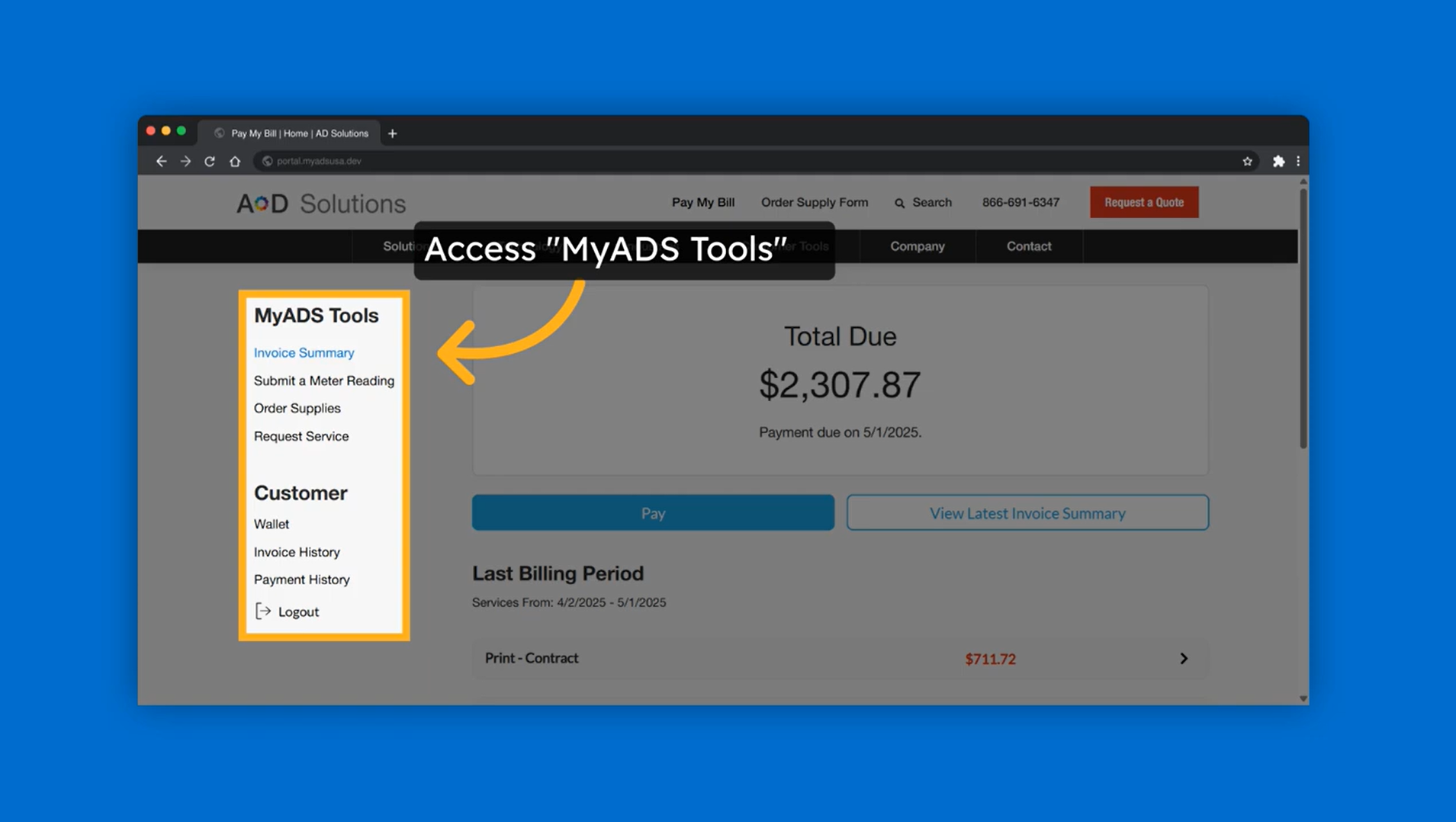Picture this: It’s Monday morning, and you’re ready to tackle the week head-on. Your coffee is brewing, your to-do list is organized, and you’re feeling energized. But just as you dive into your first task, your phone buzzes with a new message, an email notification pops up, and suddenly your focus is scattered in a dozen directions. Before you know it, half the day has slipped by, and your to-do list seems untouched. Sound familiar?
The reality is that time often feels like the one commodity that’s always in short supply. As office professionals, you know that every minute counts. And with so many distractions competing for your attention, knowing how to manage your time effectively can be the difference between a stress-filled day and a stress-free one. That’s why mastering time management is crucial—not just for productivity but for your overall well-being. Here are some time management tips to help you regain control of your workday.
1. Prioritize Your Tasks
Tasks are like laundry—no matter how much you do, there’s always more piling up. We all aim for an “all-read inbox”, but let’s face it, maintaining that is easier said than done. That’s why prioritizing tasks is one of the fundamental principles of time management. Start your day by listing everything you need to accomplish. Then, categorize these tasks by urgency and importance. The Eisenhower Matrix is a great tool to help with this. Remember this tip: tasks that are both urgent and important should be tackled first, while those that are neither can be scheduled for later or even delegated.

Here’s an example of task prioritization. Let’s say you have the following tasks on your to-do list for the day:
- Prepare a presentation for a client meeting tomorrow (urgent and important)
- Respond to emails from your team (urgent but not important)
- Attend a webinar about industry trends (important but not urgent)
- Organize your workspace (neither urgent nor important)
Using the Eisenhower Matrix, you would prioritize preparing the presentation first, as it directly impacts your client relationship. Next, you would shift your attention to responding to team emails to ensure cohesive communication. The webinar can follow as it provides valuable insights to enhance your performance. Finally, while organizing your workspace is beneficial, it can be scheduled for a later time or delegated so you can focus on immediate priorities without compromising productivity. This structured approach will help you optimize your time and effectively address your key responsibilities.
2. Leverage Technology Tools
We live in an age of technology, so not using it to our advantage would be a missed opportunity. Nowadays, there’s an app or software for almost everything–including time management. Tools like Trello, Asana, and Monday.com are designed to help you organize tasks and projects efficiently. With these platforms, you can set deadlines, create to-do lists, and collaborate seamlessly with your team, all in one place. It is important to note that setting up and establishing processes might take some time initially, so don’t be discouraged by the upfront time investment. Once your workflows are in place, they’ll make your workday much more productive and less stressful.
3. Time-Blocking

When it comes to effectively managing your day, never underestimate the power of time-blocking. This technique entails breaking your day into chunks of time dedicated to specific tasks or activities. For example, you might block out 9-10 AM for answering emails, 10-12 PM for focused project work, and 1-2 PM for meetings.
The key is to stick to your schedule as much as possible. This will help you allocate enough time for each task and prevent distractions by giving your day a clear structure. Plus, it’s incredibly satisfying to see your tasks get crossed off as you move through your day.
4. Two-Minute Rule

The Two-Minute Rule is simple: if a task takes two minutes or less to complete, do it immediately. This could be responding to an email, making a quick call, or filing a document. These small tasks can pile up if left unattended, leading to a cluttered workspace and mind. If you handle them right away, you keep your to-do list from becoming overwhelming.
5. Limit Multitasking

We all feel the pressure to do more in less time but believe it or not, multitasking can actually be counterproductive. That’s because switching between tasks can reduce efficiency and increase the time it takes to complete each one. Instead, try focusing on one task at a time. This allows you to give each task your full attention, resulting in higher quality work and faster completion times.
Of course, there are exceptions. Multitasking can be effective when handling low-stakes tasks that don’t require much cognitive effort—like checking emails while listening to a routine conference call where your active participation isn’t needed. But for tasks that require deep focus and attention to detail, sticking to single-tasking is usually the smarter move.
6. Finally, Plan Away

End each workday by planning for the next one. Take a few minutes to review your tasks, prioritize them, and set time blocks for your most important work. This quick and simple habit can help you hit the ground running each morning and reduce the stress that often comes with starting your day. A little preparation goes a long way in setting a productive tone for your entire day.
Remember, time management is not about squeezing more work into your day but rather working smarter. Find a balance that works for you and helps you stay on top of your responsibilities without feeling overwhelmed. Happy planning!



